
A villager uses newly established facilities to charge her electric car in Badong county, Hubei province, on Feb 2. (WEN LIN/FOR CHINA DAILY)
China's rural thoroughfares, once dominated by the droning of traditional internal combustion engines, are now far from cacophonous amid the ongoing quiet revolution of electric vehicles.
Encouraged by government initiatives and incentivized policies, residents in the vast expanses of China's countryside are increasingly making the switch to EVs, which industry experts believe will be the new frontier for electric mobility in the nation.
China's rural regions are expected to provide a new source of growth for what is already the world's biggest EV market, as new EV sales in small-sized Chinese counties and towns are still far behind first-tier cities, said Cui Dongshu, secretary-general of the China Passenger Car Association.
"As cities have taken the lead in adopting clean energy solutions, rural regions, fueled by government incentives — including subsidies and favorable policies — are emerging as the next growth point, switching from traditional internal combustion engines to electric alternatives," Cui said.
"As the overall market structure gradually improves, promoting the widespread adoption of new energy vehicles in county and rural markets represents a significant market opportunity and a vast untapped market," he said.
Figures released by the China Association of Automobile Manufacturers show that sales of NEVs in China's non-urban areas accounted for just 4 percent of total auto sales in rural regions in 2022, significantly below the industry-wide level of 25.6 percent.
While the proportion increased from 4 percent to 17 percent in 2023, a significant jump, it is still a considerable distance from the 40 percent penetration rate in first-tier cities, with substantial room for further development, the association said.
The cumulative volume of charging infrastructure nationwide reached 8.596 million units as of December, marking a year-on-year increase of 65 percent, according to the China Electric Vehicle Charging Infrastructure Promotion Alliance.
China EV100, an industry think tank, estimates that demand for motorized travel in rural areas will stimulate a car market with a scale of 500 billion yuan ($69.5 billion) by 2030.
The car ownership rate in rural areas of China will be close to 160 vehicles per thousand people by then, with a total ownership exceeding 70 million vehicles, according to a report by the think tank.
The Chinese government has been rolling out targeted measures to facilitate the electric revolution in the countryside.
The State Council, China's Cabinet, called for efforts to accelerate the construction and installation of charging facilities in rural areas in May. As part of the country's rural vitalization efforts, the government expects to equip all counties with charging stations and all villages with charging piles soon.
The government also extended its preferential purchase tax policy for NEVs to the end of 2027 and released a guideline to support people in rural areas in purchasing and using NEVs, focusing on boosting the construction of charging facilities.
Jiang Linru, a researcher at the China Electric Power Research Institute under the State Grid Corp of China, said the policy is "unprecedented" and will substantially accelerate the development of rural EV development.
Eyeing the massive potential, local governments are already promoting the development of charging infrastructure in rural areas, facilitating the widespread use of EVs while situating charging stations along highways and within rural communities, aiming to alleviate concerns about charging accessibility.
Zhejiang province, for example, has announced plans to build more than 2.3 million charging stations by 2025, with no less than 900,000 in rural areas, to meet the charging needs of over 4 million NEVs.
It currently boasts more than 1.65 million NEVs, including over 350,000 units in rural areas. The province has almost completed building an NEV charging service network, in which vehicle owners can find charging poles in rural areas within an average driving distance of five kilometers, three kilometers on the outskirts and one kilometer within city limits.
It aims to further improve the network so that by 2025, motorists can find a charging station within five minutes and 30 minutes of driving in urban and rural areas, respectively. The ratio of vehicles to charging stations is expected to be increased to 1.5:1 by 2025 from the current 1.6:1, it said.
In addition to Zhejiang, charging stations are cropping up along highways and in town centers from the terraced fields of Yunnan province to the northern plains of the Inner Mongolia autonomous region.
Espying the immense market potential, an increasing number of automakers are also jumping on the bandwagon to vie for a piece of the pie. Chinese auto brand Zeekr, for example, has built charging stations in the Xizang autonomous region, including one in Tashizom, the nearest administrative township to Mount Qomolangma in China.
Xin Guobin, vice-minister of the Ministry of Industry and Information Technology, said the enormous EV consumption potential in rural markets has not been effectively unleashed due to factors such as a limited range of applicable vehicle models and insufficient promotional efforts.
While China is home to the world's largest charging network for NEVs, most of them are located in cities, especially large ones. Only a small percentage of the piles and stations are located in the countryside, said Tong Zongqi, deputy secretary-general of the China Charging Infrastructure Promotion Alliance.
The lack of charging facilities as well as operation and maintenance services in rural regions remains the largest obstacle to the growth of the domestic NEV industry, especially in rural areas, he said.
Long distances between villages and limited charging options have long been posing challenges for EV users, necessitating a more comprehensive and evenly distributed charging network, he added.
Yu Xiang, vice-president of NaaS Technology — a Chinese EV charging service company — which is also the first EV-charging company from China listed on the Nasdaq, said factors such as qualification to build charging stations on collective rural land and the dispersed nature of rural households also make construction of charging facilities in such areas quite challenging.
Furthermore, the overall rural power grid faces risks such as insufficient local power supply capacity, susceptibility to power outages and low voltage, he said.
Yu said NEVs in rural areas are fewer than in cities, leading to low utilization rates of charging facilities, which in turn results in insufficient layout of charging facilities.
"Currently, the public charging infrastructure in rural areas is distributed unevenly with low utilization," he said. "The construction of private charging stations is hindered by difficulties such as too few fixed parking spaces in many old neighborhoods and a lack of coordinated power connection planning."
Sun Chuanwang, a professor of energy and economy at Xiamen University, agreed, saying that the current construction of charging infrastructure in rural areas is lagging, despite the significant increase of NEV penetration into rural areas.
The rapidity and convenience of charging for NEVs urgently need improvement, while the related operations, maintenance and servicing for NEVs are not yet well-developed, making it challenging to meet after-sales needs of rural users, said Sun.
The current public charging infrastructure in China's counties and rural areas is less developed compared with that in cities, with an overall shortage of facilities. Additionally, the distribution is uneven, and the layout is deemed irrational, he said.
"Some stations lack vehicles for charging, while certain regions have no charging stations at all. Only a small number of charging facilities are available in town centers, power supply stations, government offices, and select scenic areas in rural regions, posing challenges in meeting the operational EV charging needs in rural areas," he added.
Sun said the vast geographical expanse of rural areas, high operating costs for maintaining charging facilities, and a lack of satisfactory returns on investment also make charging operators unwilling to invest in the construction of charging infrastructure in these regions.
Sun suggests encouraging more private capital to participate in the construction of rural charging infrastructure. An integrated development of "photovoltaics energy storage electric vehicle charging", which refers to harnessing energy from sunlight and storing excess energy for EV charging, will also facilitate the further development of rural charging facilities, he said.
Grid operators in the country are also working on the issues. China Southern Power Grid said the company has so far invested more than 8 billion yuan in advancing charging infrastructure in recent years. It had come up with 15,000 charging stations and 100,000 charging piles by the end of January this year, aiming to achieve complete coverage of charging infrastructure in counties and townships in southern parts of the country.
State Grid of China has been actively investing in the construction of public charging infrastructure in recent years, currently operating 179,000 public charging stations across the nation.
According to Xu Ke, deputy director of the charging service center of State Grid Smart Internet of Vehicles Co Ltd, accelerating the construction of charging facilities in rural areas has become a future development trend.
"Currently, private charging dominates charging infrastructure in rural areas, with public charging serving as a supplementary measure. However, with the gradual promotion of NEVs in rural areas and increasing charging capacity, demand for public charging is expected to rise," he said.
Given the current low ownership of NEVs in rural areas and the limited profitability of public charging stations, Xu suggested prioritizing the construction of public charging stations in high-traffic locations such as village committees and supermarkets.










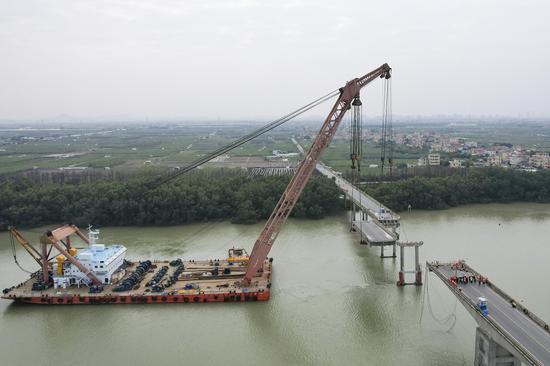
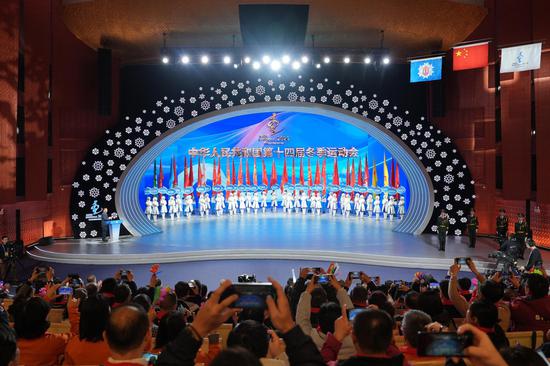


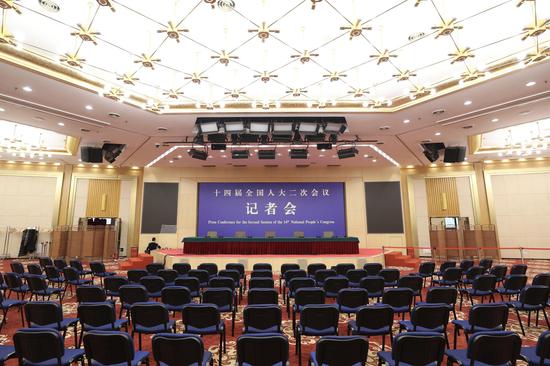

















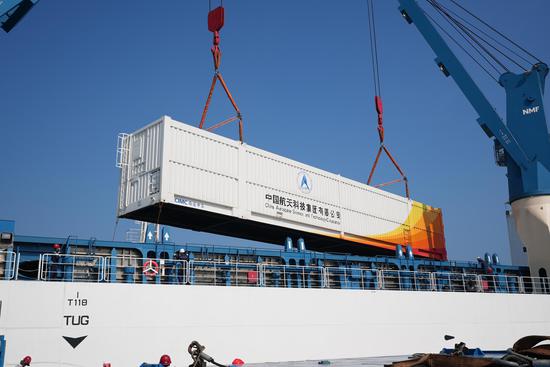













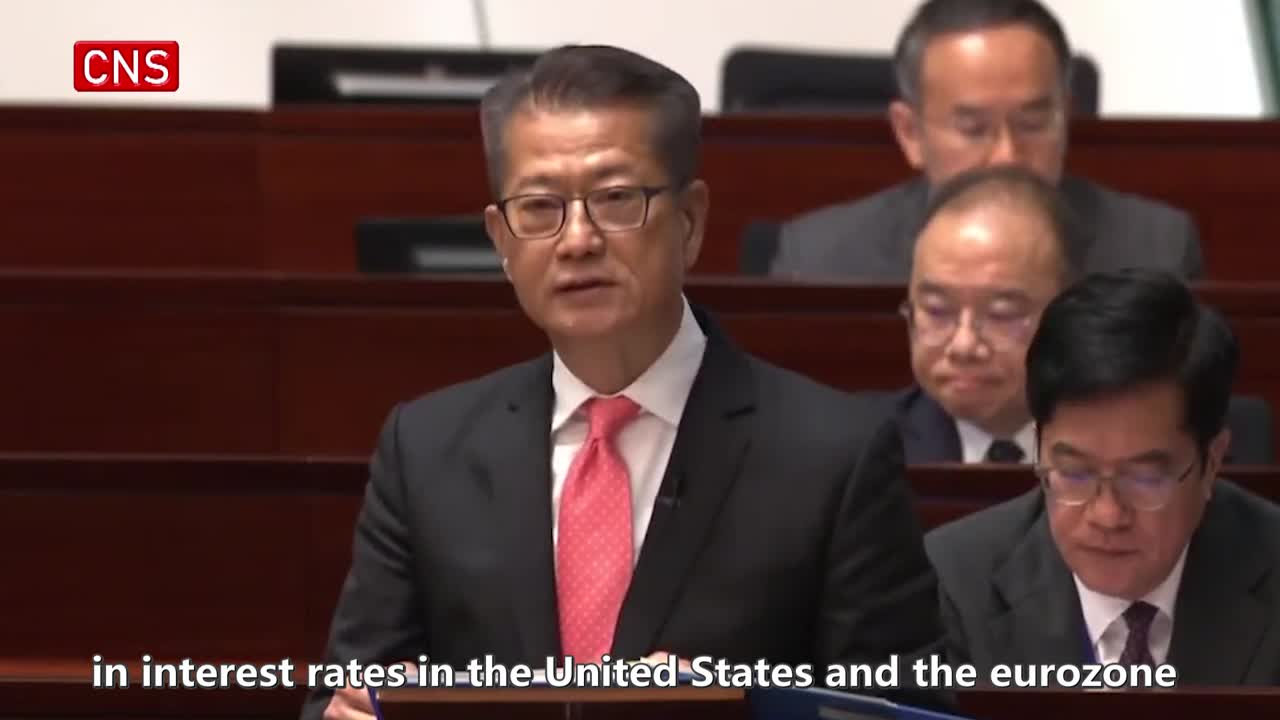



 京公网安备 11010202009201号
京公网安备 11010202009201号